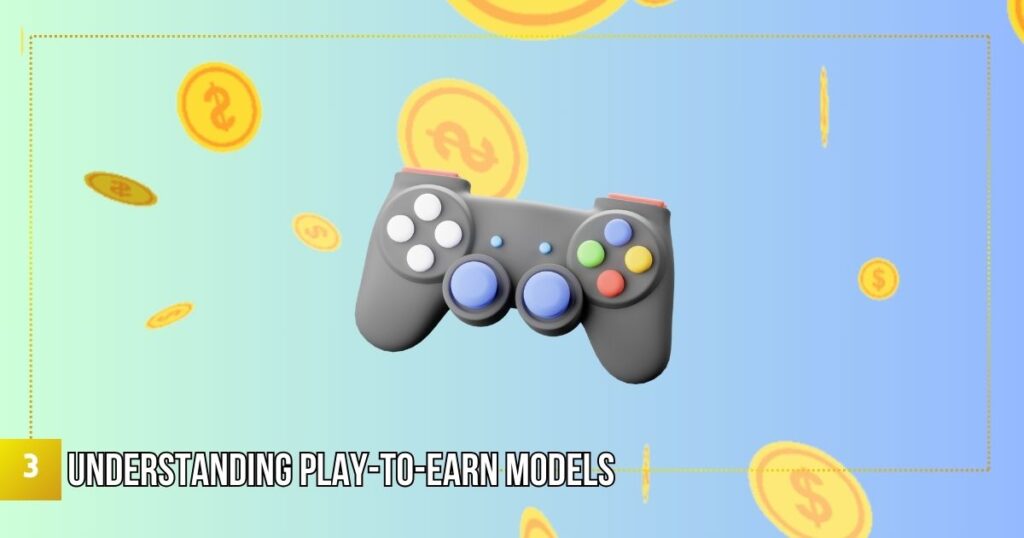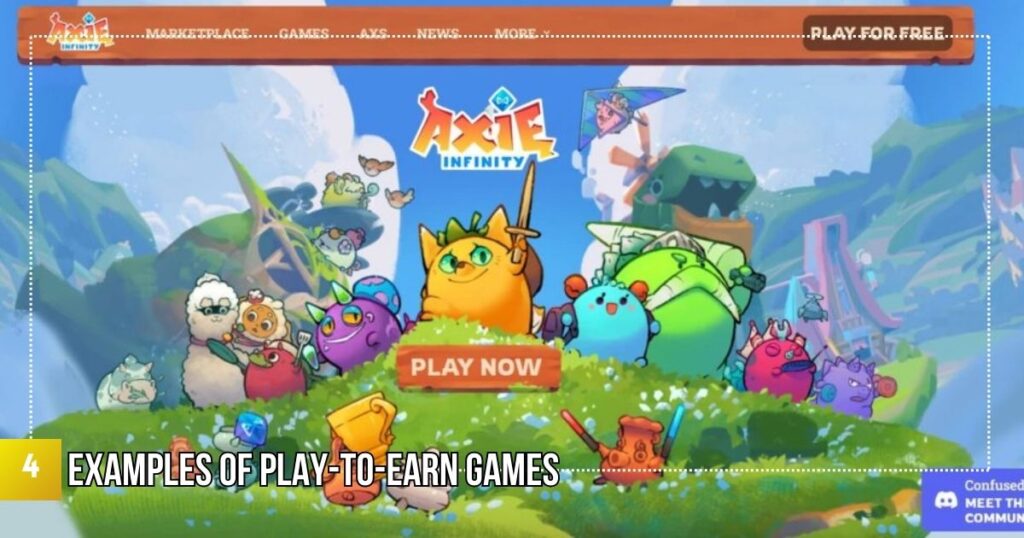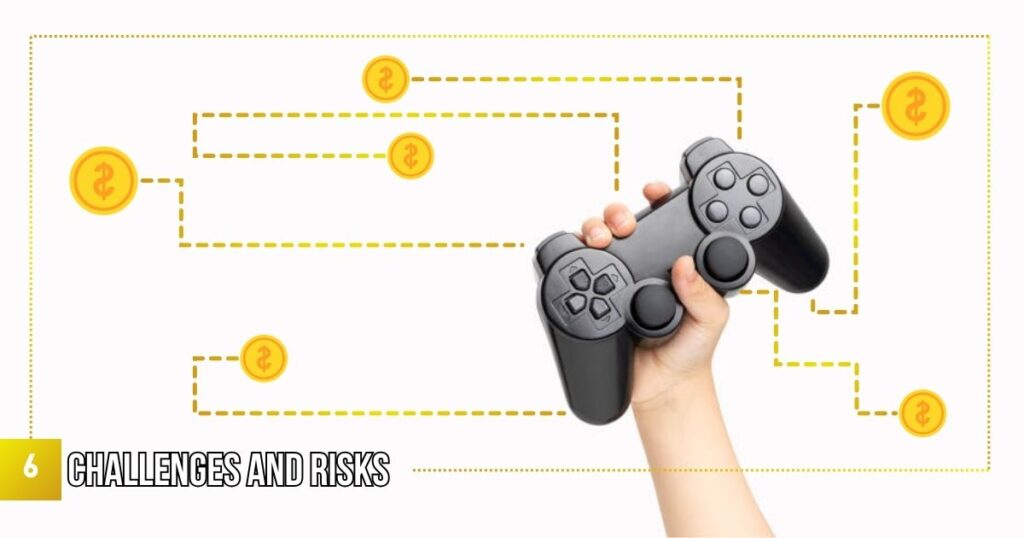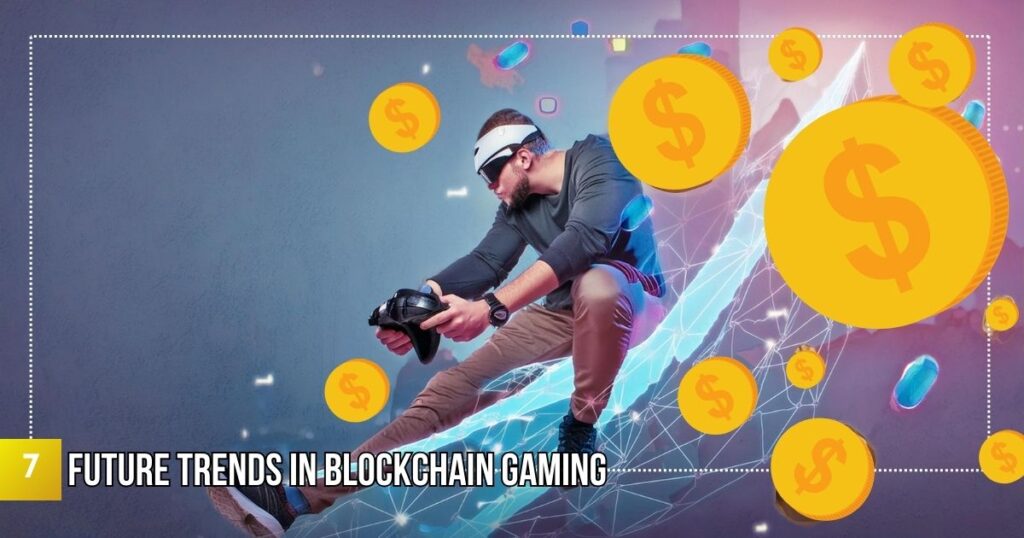Introduction
The gaming industry is experiencing a transformative shift with the integration of blockchain technology. One of the most significant innovations emerging from this fusion is the play-to-earn model, where players can earn real-world value through their in-game activities. This blog delves into the basics of blockchain in gaming, the mechanics of play-to-earn models, and their impact on players and the gaming industry as a whole.
Blockchain Basics for Gamers

Explanation of Blockchain and Cryptocurrencies
Blockchain is a decentralized digital ledger that records transactions across many computers in a way that ensures security and transparency. Cryptocurrencies, such as Bitcoin and Ethereum, are digital or virtual currencies that use cryptography for security and operate on blockchain technology.
How Blockchain Technology is Used in Games
In gaming, blockchain technology is used to create decentralized and transparent ecosystems. It allows for the creation of unique digital assets, such as non-fungible tokens (NFTs), which can represent in-game items, characters, and even real estate. Blockchain ensures that these assets are securely owned and can be traded or sold in a peer-to-peer manner.
Also, check our take on 3D modeling tutorials in Blender
Understanding Play-to-Earn Models

Definition and Mechanics of Play-to-Earn Games
Play-to-earn games allow players to earn cryptocurrency or other digital assets by playing the game. These assets can be traded or sold for real-world money. The core mechanics involve completing tasks, battling other players, or contributing to the game’s ecosystem to earn rewards.
Benefits for Players and Developers
For players, play-to-earn models offer a way to monetize their gaming time and skills. For developers, these models can increase player engagement and create a robust in-game economy that drives revenue through transaction fees and increased player retention.
Examples of Play-to-Earn Games

Case Studies of Successful Blockchain Games
Axie Infinity
Axie Infinity is one of the most popular play-to-earn games. Players collect, breed, and battle fantasy creatures called Axies. The game uses Ethereum-based cryptocurrencies, and players can earn Smooth Love Potion (SLP) tokens and Axie Infinity Shards (AXS) by playing.
Decentraland
Decentraland is a virtual world where players can buy, develop, and sell virtual land and assets. It uses the Ethereum blockchain and the native token, MANA. Players can earn by creating and monetizing content and experiences in the virtual world.
The Sandbox
The Sandbox is a decentralized gaming platform where players can create, own, and monetize their gaming experiences. It uses blockchain to secure ownership of digital assets and the native token, SAND, which players can earn by contributing to the ecosystem.
Player Experiences and Earnings
Players of these games have reported significant earnings, sometimes equivalent to full-time incomes, particularly in regions where traditional employment opportunities are limited. The ability to earn through gameplay has attracted a diverse and global player base.
Economic and Social Impact

Financial Implications for Players
The play-to-earn model provides players with an opportunity to earn real-world income, which can be particularly impactful in developing countries. However, it also requires initial investment and carries financial risks due to market volatility.
Impact on Gaming Communities and Economies
These models foster stronger communities as players collaborate and trade within the game’s ecosystem. They also create new economic opportunities, leading to the emergence of professional gaming and development communities.
Challenges and Risks

Security and Fraud Concerns
Blockchain technology offers enhanced security, but it is not immune to fraud and hacking. Players and developers must remain vigilant against scams and ensure the security of their digital wallets and assets.
Economic Sustainability and Market Volatility
The value of in-game assets and cryptocurrencies can be highly volatile, posing risks to players’ earnings and the game’s economy. Developers must design sustainable economic models to maintain long-term stability.
Future Trends in Blockchain Gaming

Predictions for the Growth of Play-to-Earn Models
The play-to-earn model is expected to grow as blockchain technology becomes more accessible and integrated into mainstream gaming. Innovations in blockchain scalability and user experience will drive this growth.
Innovations and Emerging Technologies
Future trends may include more immersive virtual worlds, enhanced interoperability between games, and the integration of advanced technologies like artificial intelligence and augmented reality to enrich gameplay and earning opportunities.
Conclusion
The fusion of blockchain and gaming through play-to-earn models has the potential to revolutionize the industry. By providing new ways for players to earn and own digital assets, blockchain technology is transforming how games are played and monetized. As this trend continues to grow, it will bring both exciting opportunities and new challenges for players and developers alike.
Resources
Links to Further Reading and Blockchain-Related Tools
By leveraging these resources, gamers and developers can better understand and navigate the evolving landscape of blockchain gaming and play-to-earn models.































